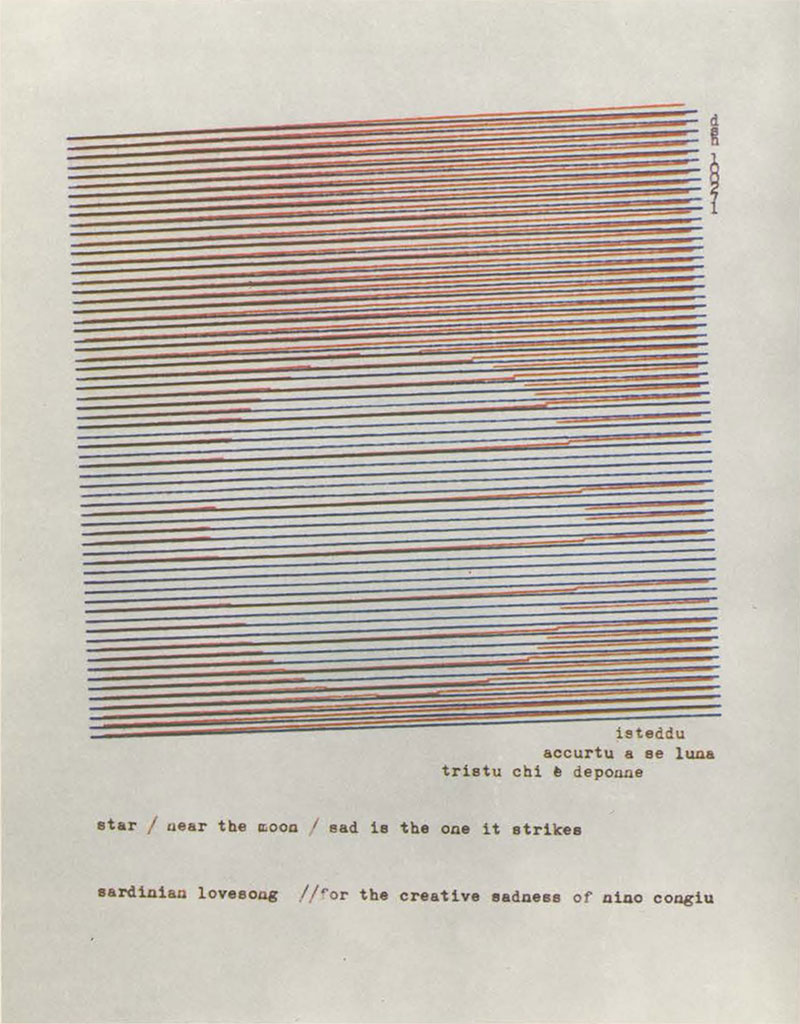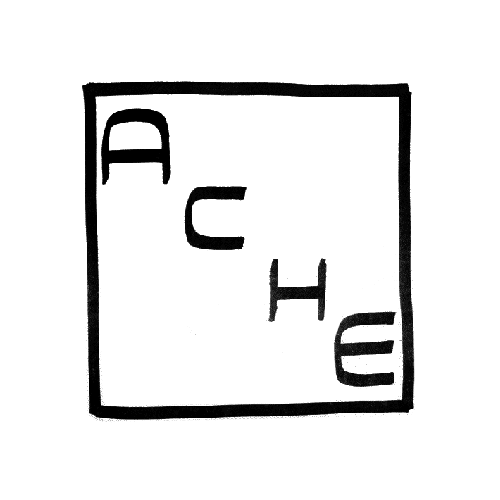The shape of poetry: Dom Sylvester Houédard’s ‘Typestracts’
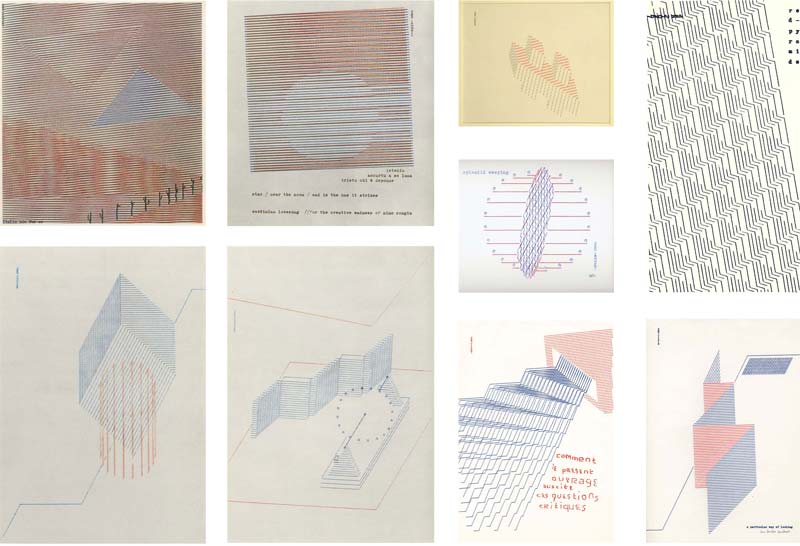
“Mind is being continuously approached by God in the self-gift of His luminous Being, and we try to stop and grasp at short moments of time. But mind is like a river in fluxu et in fieri, it flows as it becomes”. Dom Sylvester Houédard. From “Commentaries on Meister Eckhart Sermons”
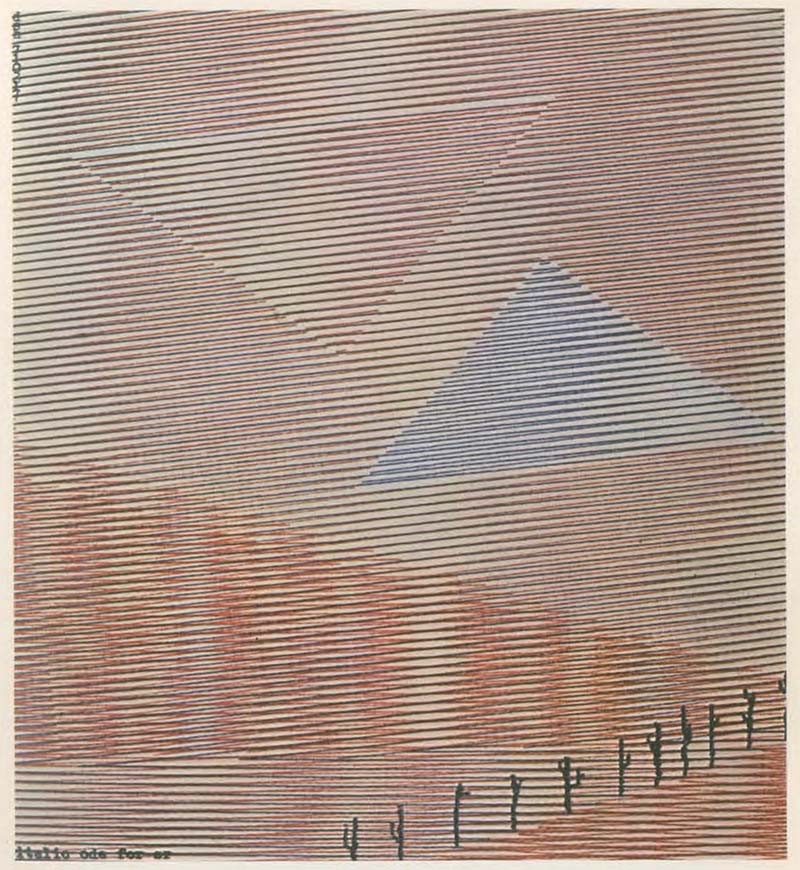
Italic Ode (1971)
The second part of our ongoing research on the use of the typed text as an artistic medium (see our previous post about Carl Andre’s Typed Works) is dedicated to the fascinating figure of Benedectine monk, polymath and concrete poet Dom Sylvester Houédard (1924-92). A champion of concrete poetry in England, dsh (as he signed himself) wrote the first short essay on the subject matter: “Concrete Poetry & Ian Hamilton Finlay”, published in Typographica new series no. 8 of Dec 1963, and also created his own “Typestracts”, (a combination of “typewriter” and “abstract”) using a classic Olivetti Lettera 22 typewriter.
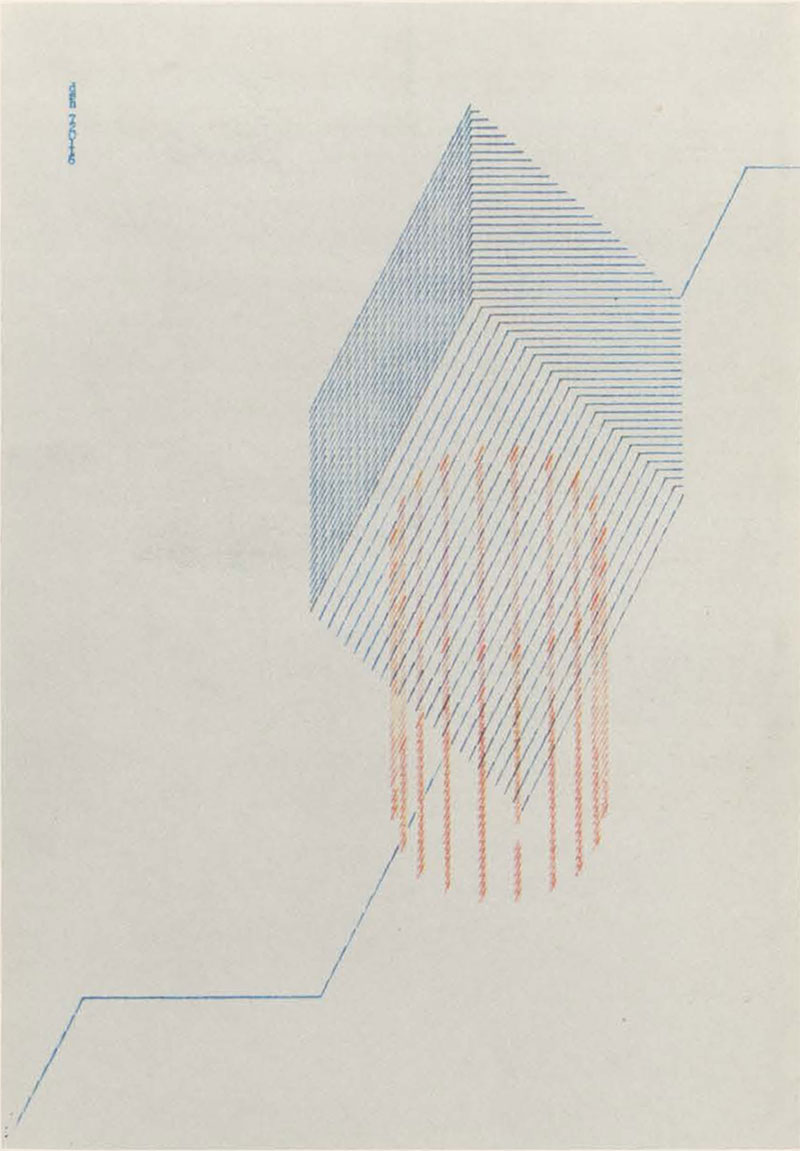
Lately, after years of neglect both from the artistic and the poetic worlds, there has been a renewal of interest on dsh’s work when a bunch of new publications, PhD thesis, exhibitions and talks, (well documented on a Design Observer article by Ruck Poynor), followed a single publication: Notes from the Cosmic Typewriter: The Life and Work of Dom Sylvester Houédard, (Editor: Nicola Simpson, Occasional Papers, 2012).
The critical reassesment operated by Nicola Simpson aims to follow the trajectory of dsh’s artistic experimentation analysing his theological and theoretical interests, his preoccupations for a “wider ecumenism“, and his exploration of word and image relationships: “the wordgame, ikongame and the poet as maker”.
The focus of my enquiry will be to show how initially in Zen and then more satisfactorily in the Madhyamika-Prasangika School of Tibetan Buddhism, Houédard found a paradigm for questioning the interplay between logos and icon, subject and object, the “the non and the non-non”.
The philosophy of Emptiness is central to both Houédard’s creation of the art-object and his analogous use of space, which forms a structural correlation with notions of the enlightened mind. I also hope to demonstrate how this conceptual idea had a wider influence over the avant garde constellation in which he featured.
(From: “Frogpondplop: the appearance and disappearance of the concrete in the work of Dom Sylvester Houédard”, by Nicola Simpson. From here: http://www.nua.ac.uk/research/students/
A prolific letter writer, Dom Sylvester Houédard was pivotal in the collaboration between the Beats, the Gloster Ode Construction Company, DIAS and Fluxus. In his typed works he was able to reflect the vanguards of International Kinetic, Optical and Pattern Arts, stretching the mechanical limitations of the medium through a spectrum of coloured typewriter ribbons.
“Poetry all art is one of universal worships a l’insu of god the
unknown.” Dom Sylvester Houédard
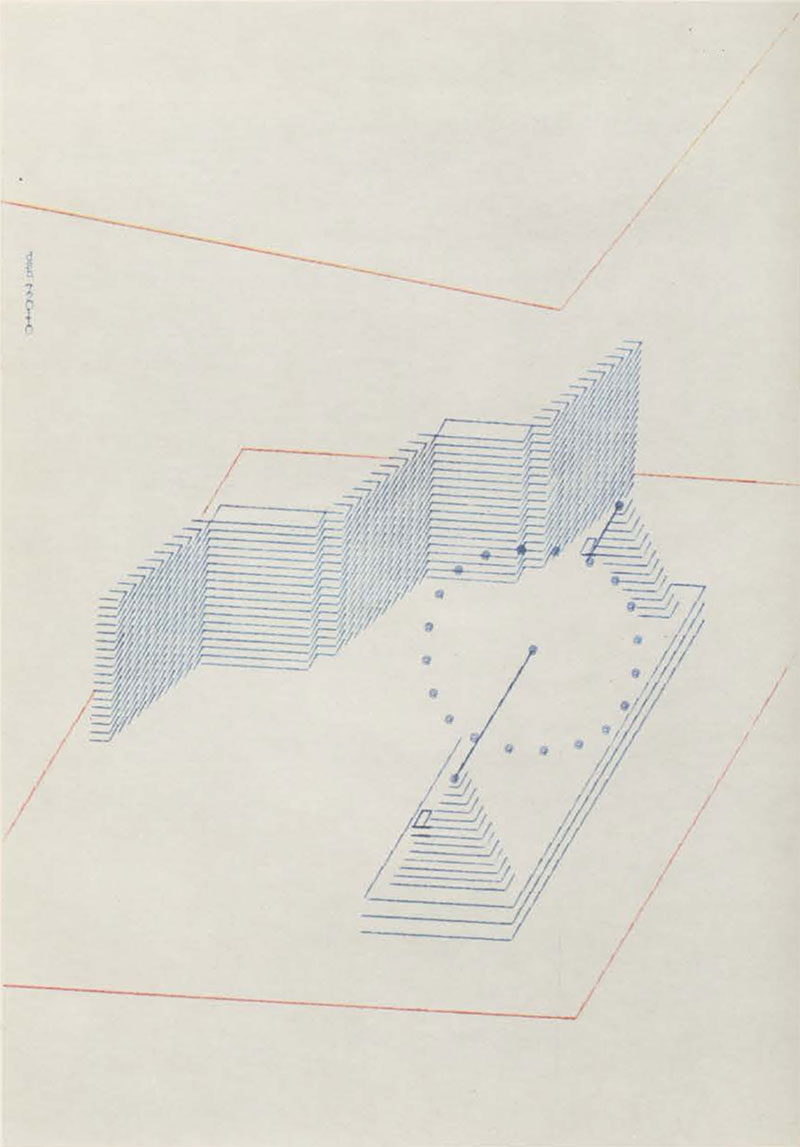
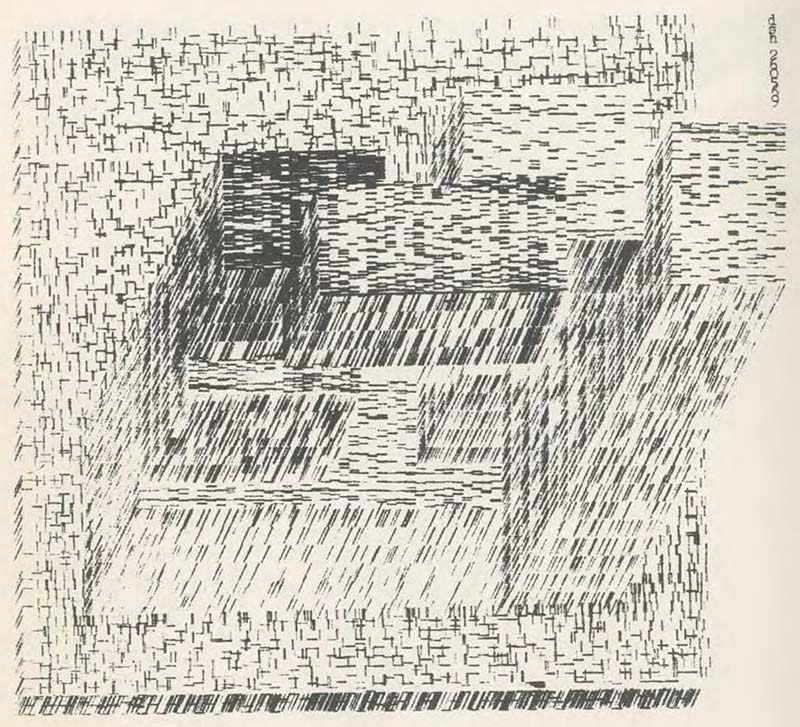
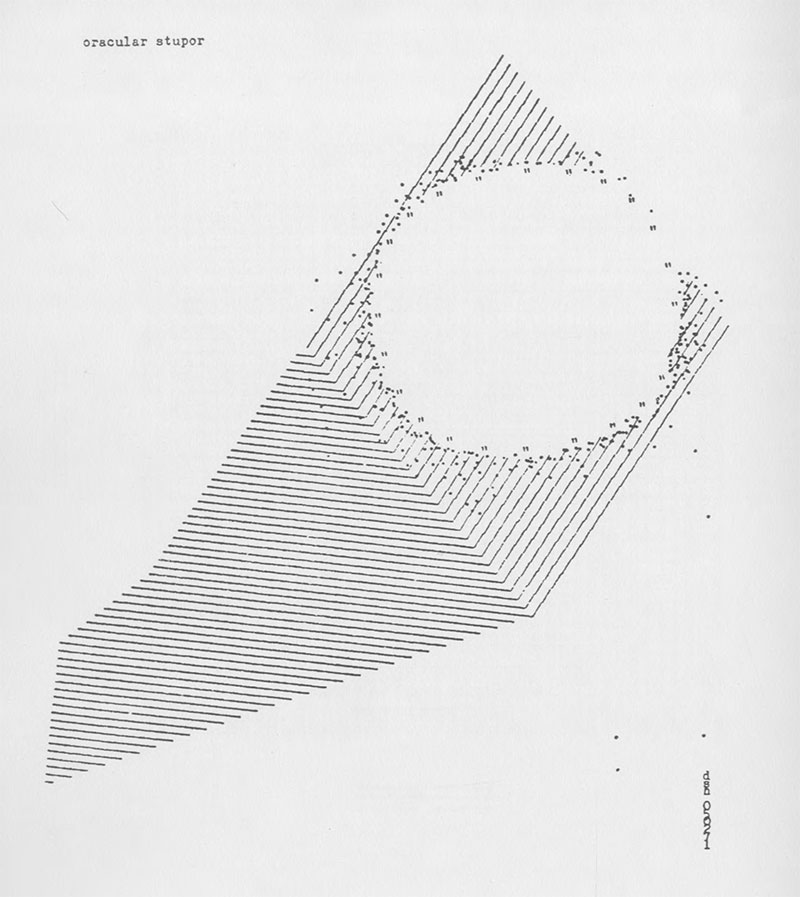
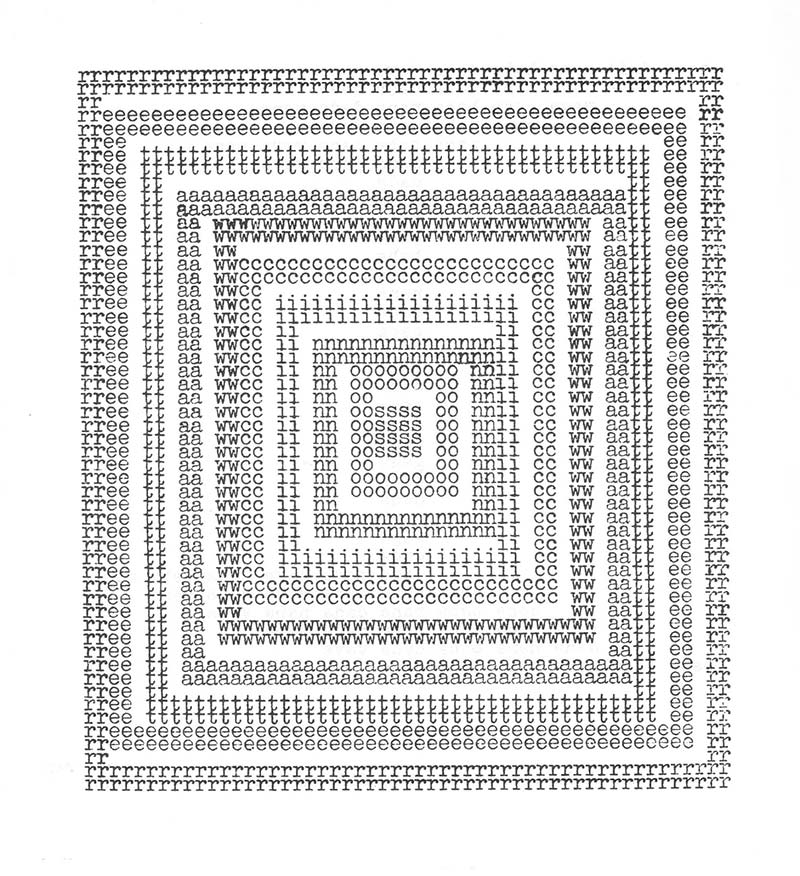
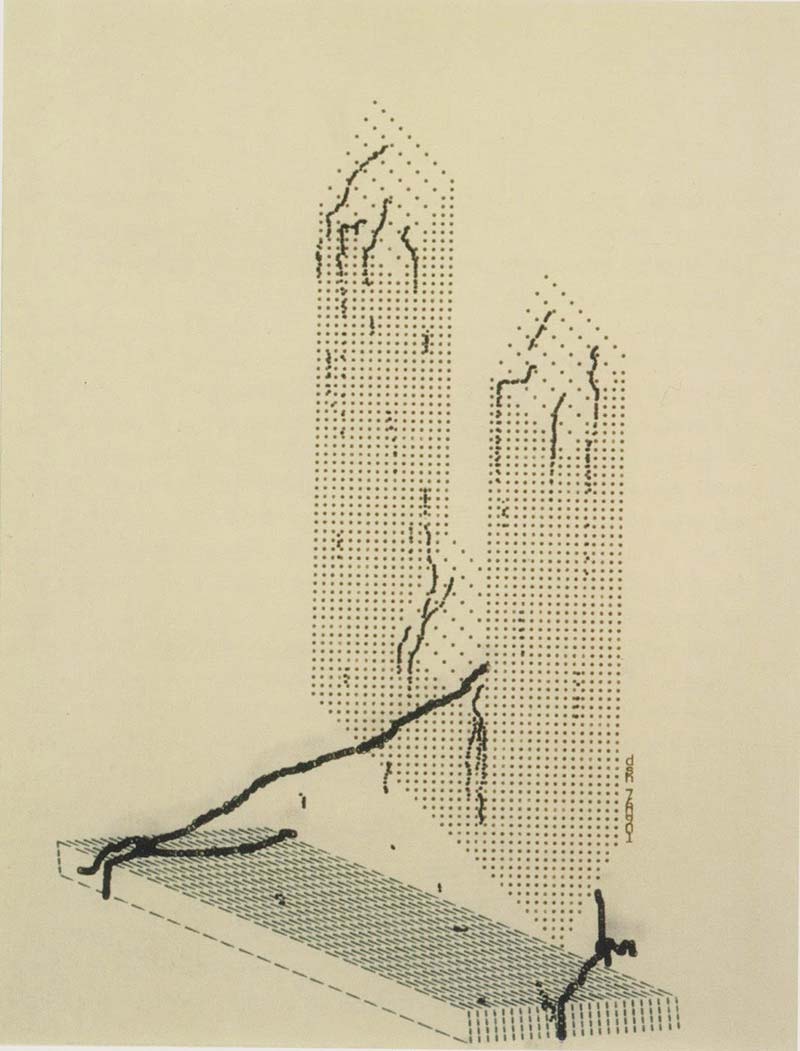
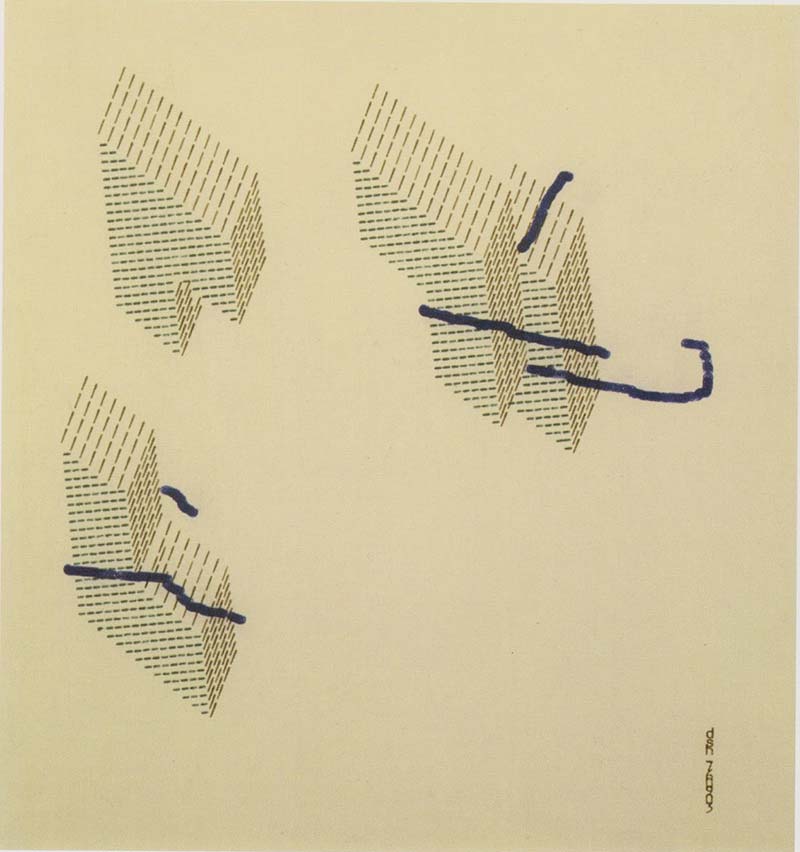
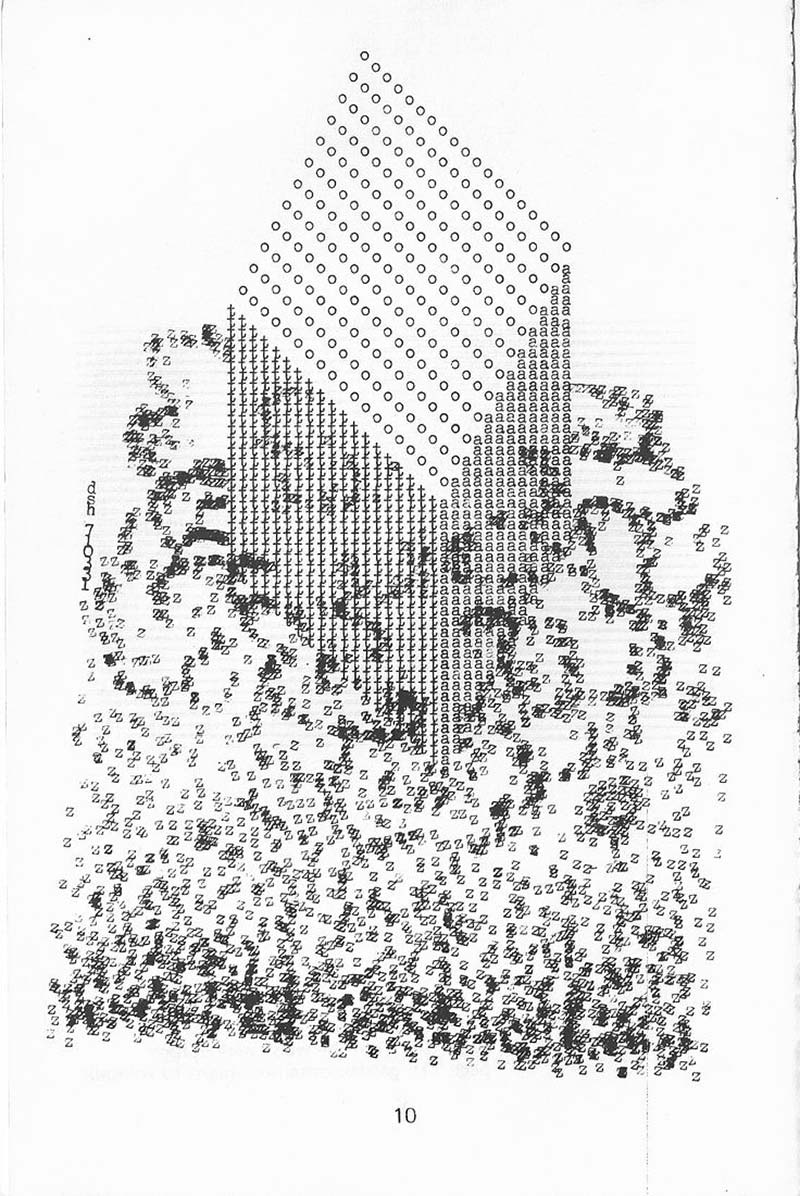
“During 1945 I realised the typewriter’s control of verticals and horizontals, balancing its mechanism for release from its own imposed grid, (and) offered possibilities that suggested (I was in India at the time) the grading of Islamic calligraphy from cursive (naskhi) writing through cufic to the abstract formal arabesque, that ‘wise modulation between being and not being’. Hence the label ‘latinesque’ for these early works.
The other, reversal, area I reached through the kinetic transformations of machine-poetry and poetry machines. The movement of letter forms e.g. tent-flap to daleth to delta to D to d suggests its continuation from d to p, which led to my first reversal dues-snap and to John Furnival’s suggestion of looking at the six other reversal possibilities. From d to p continues e.g. through b to q; or c to n and N to Z. Some discoveries like R to S and S to D continue to afford even deeper pleasure than poems in which they are used. One-word and two-word texts are similarly often more rewarding than extended texts. In each case what is presented is never quite the objects or the word but the feelof the moment when MIND e.g. transforms to ACHE or RIOT to SHOT – though the moment itself is enhanced when the feel is supported, as here, by a semantic balance.”
Cratylus: The English Artist and The Word, The British Council, London 1979
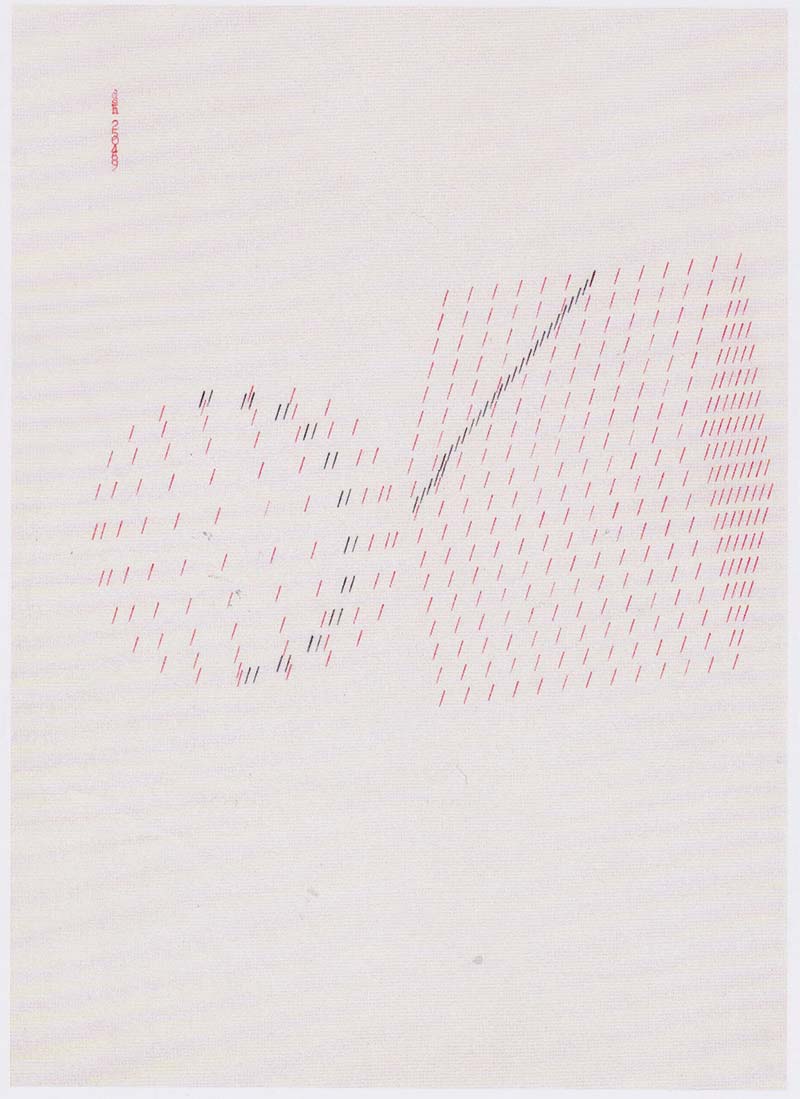
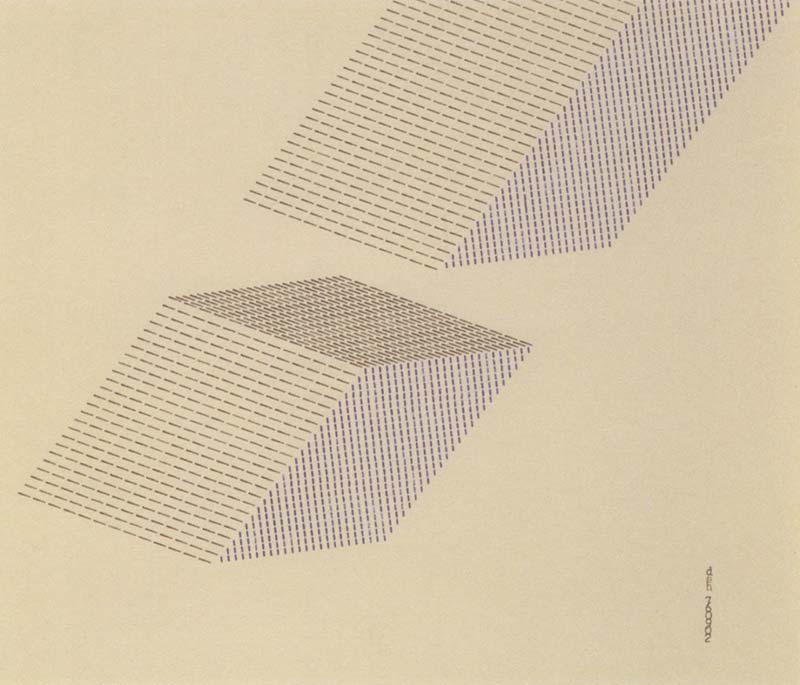
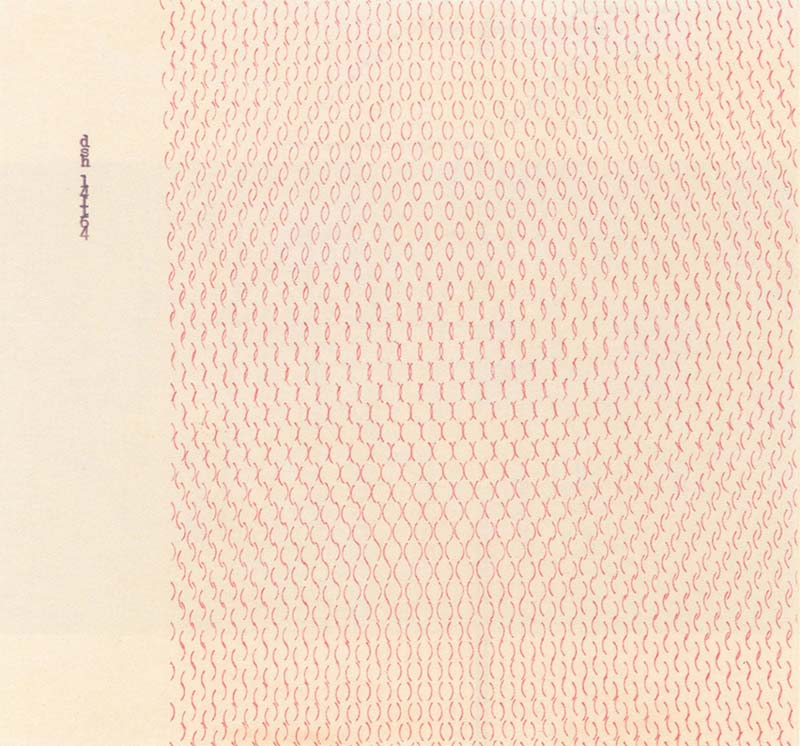
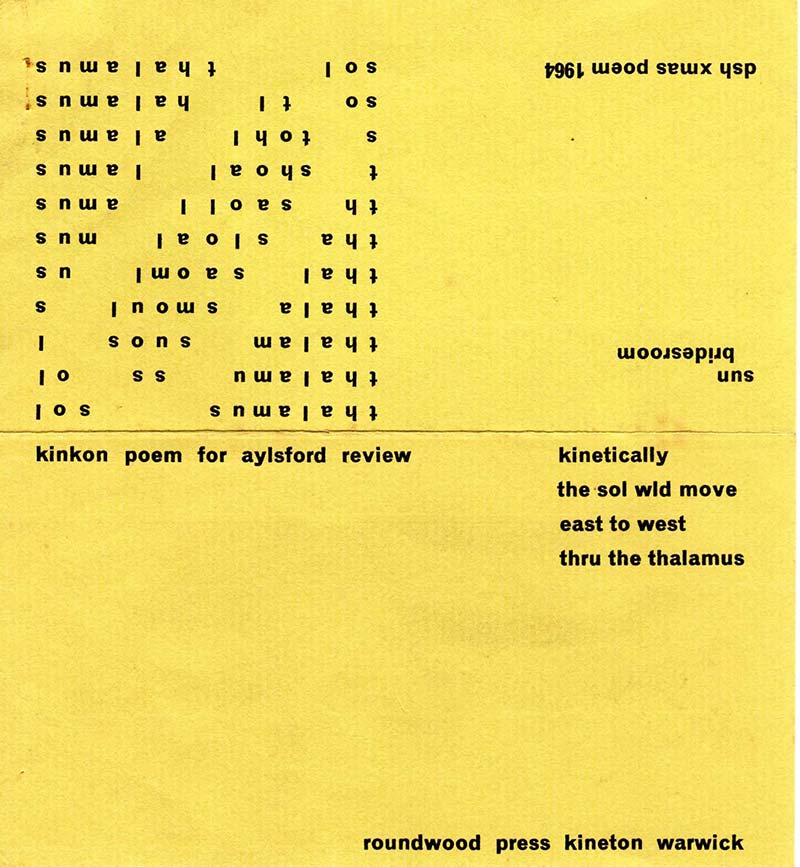
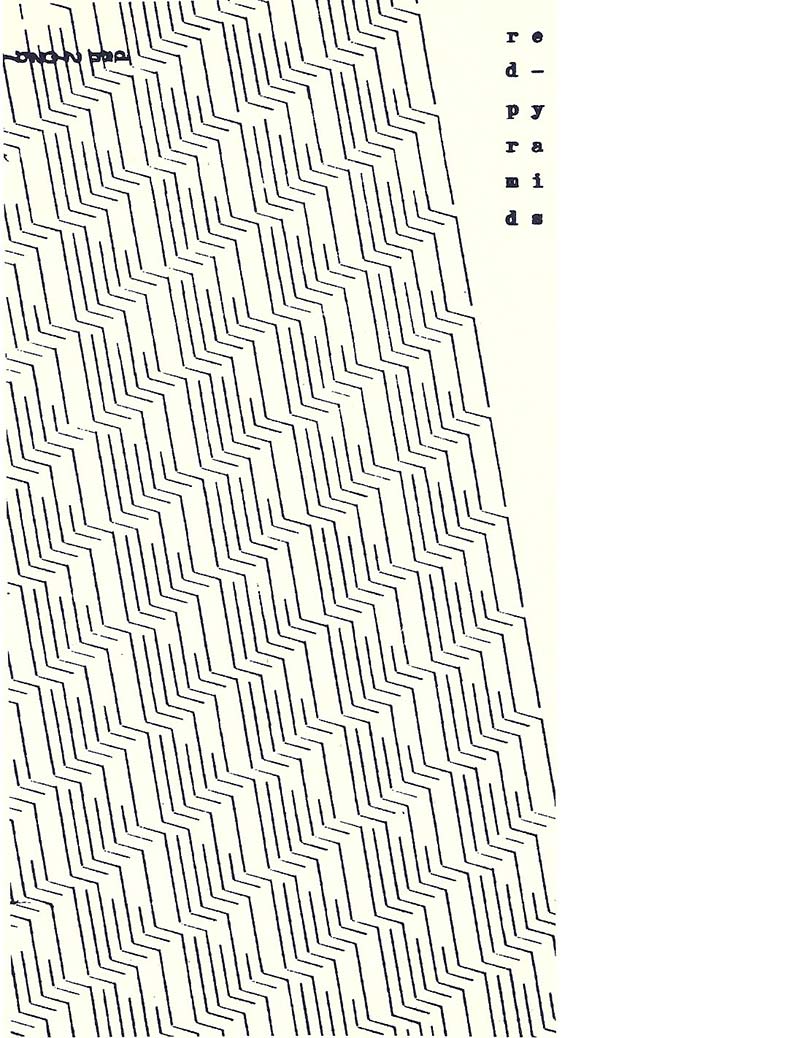
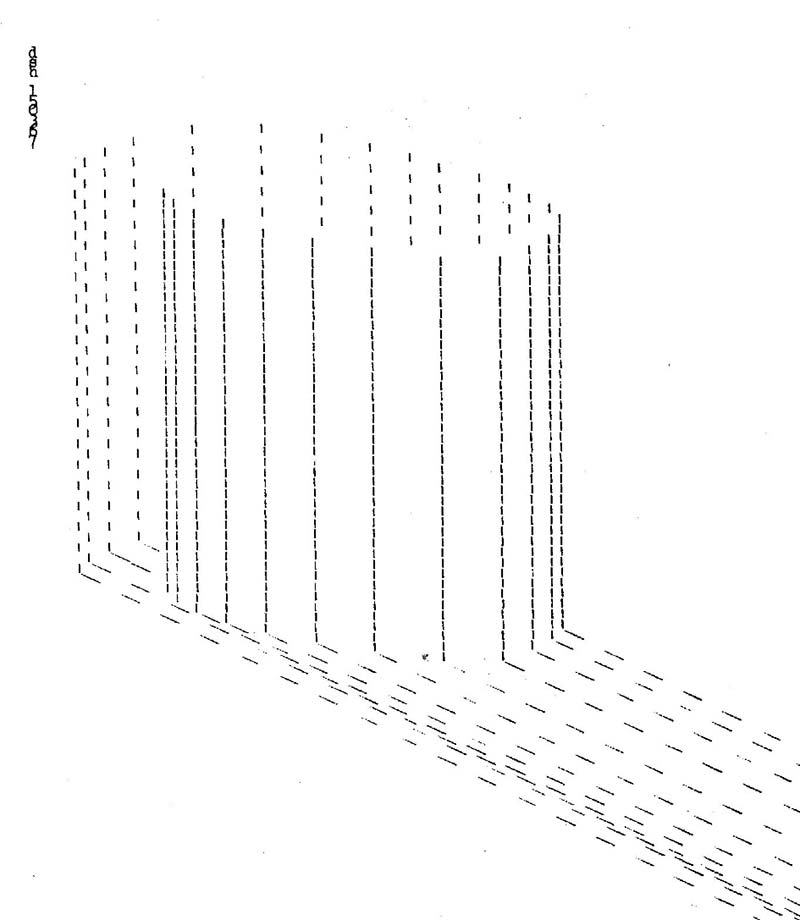
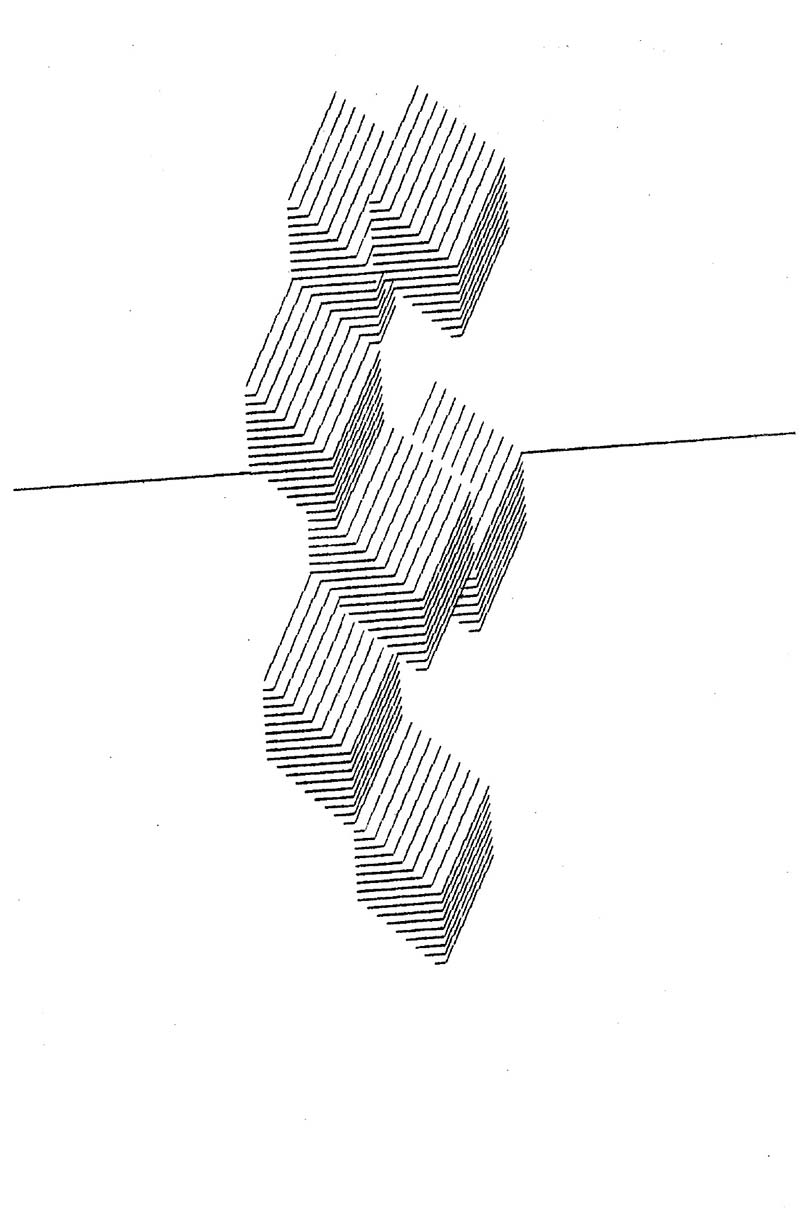
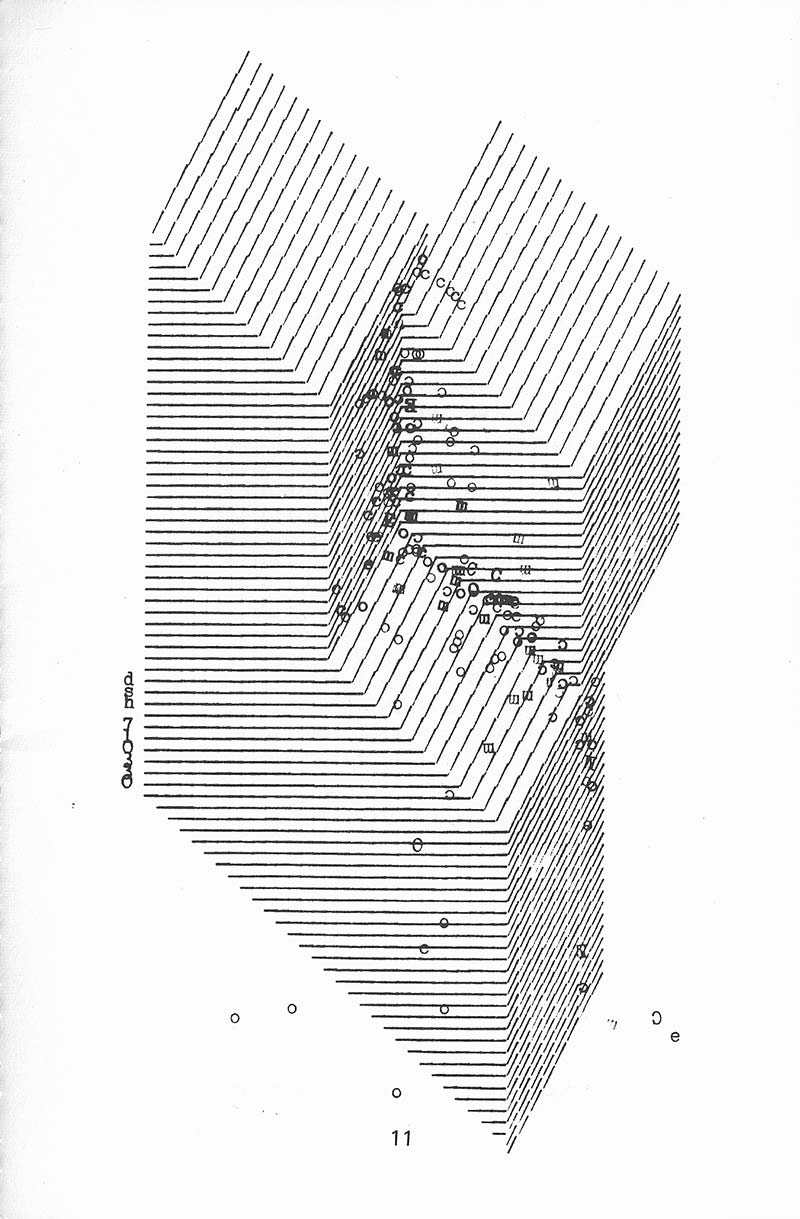
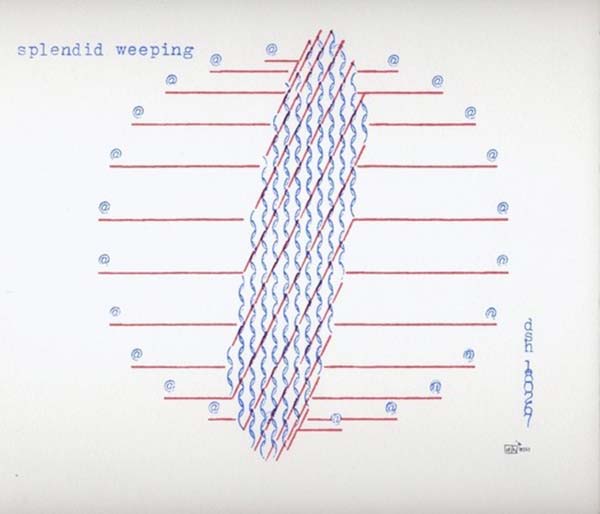
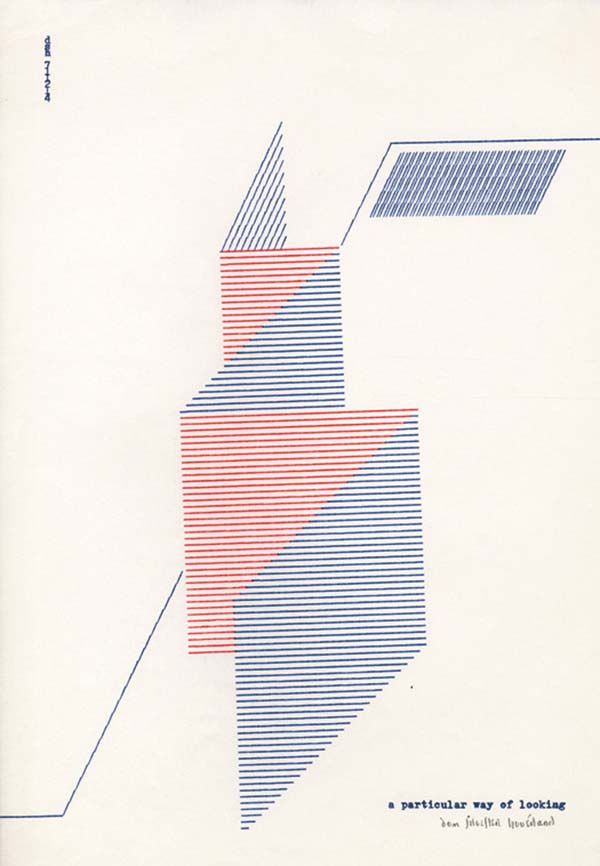
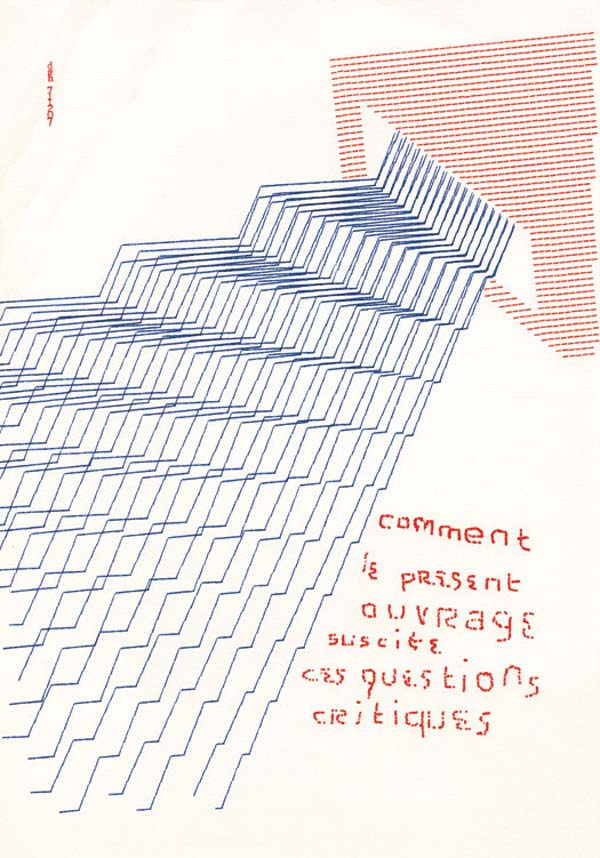
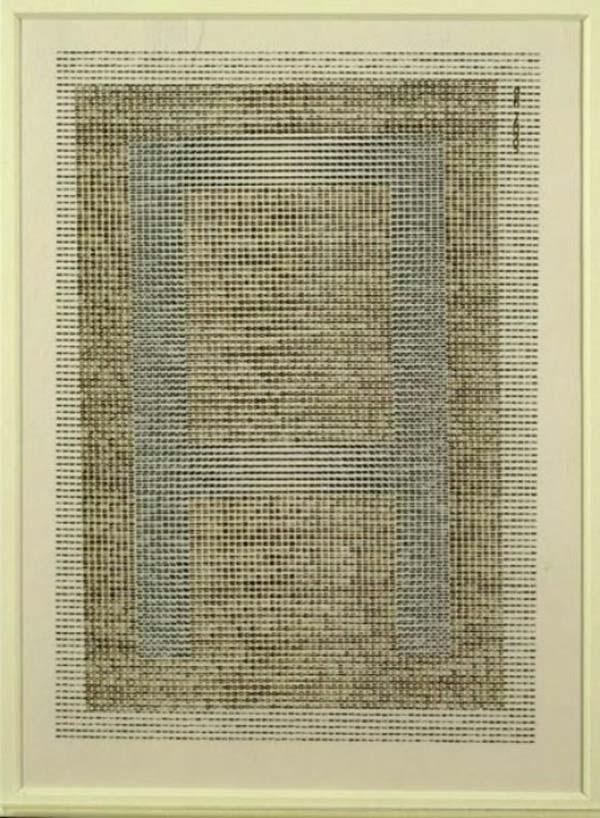
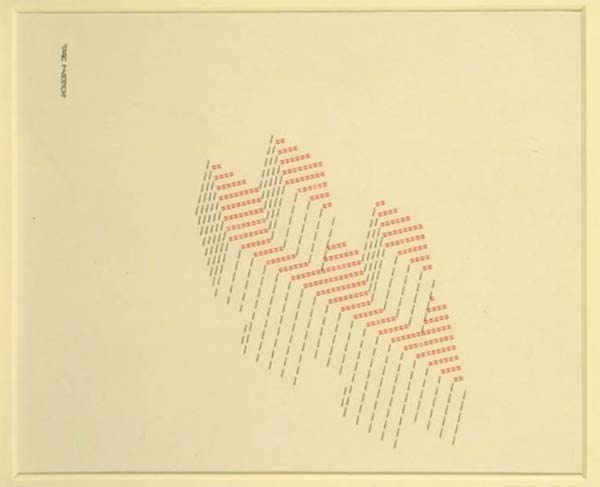
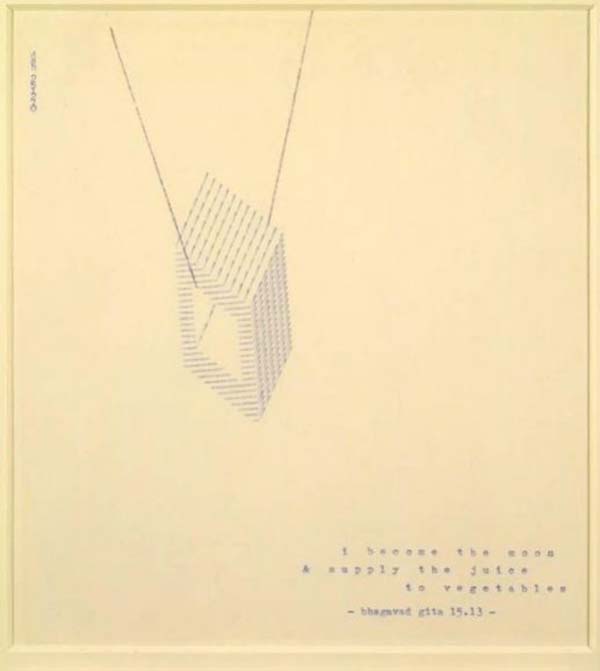
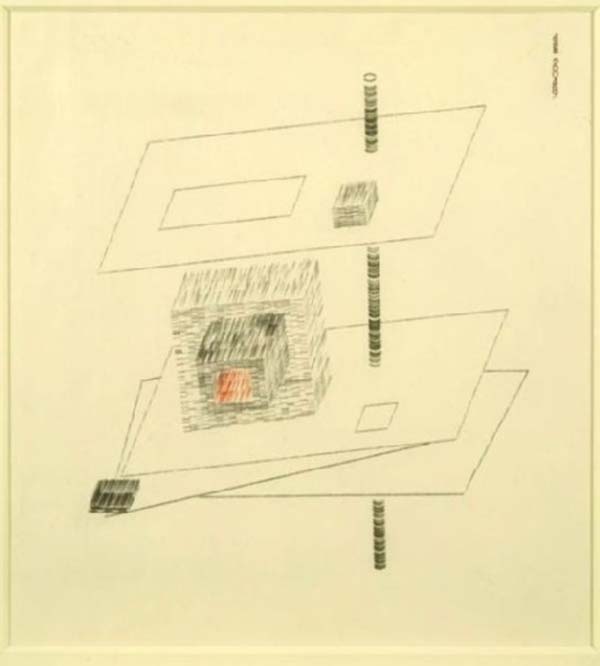
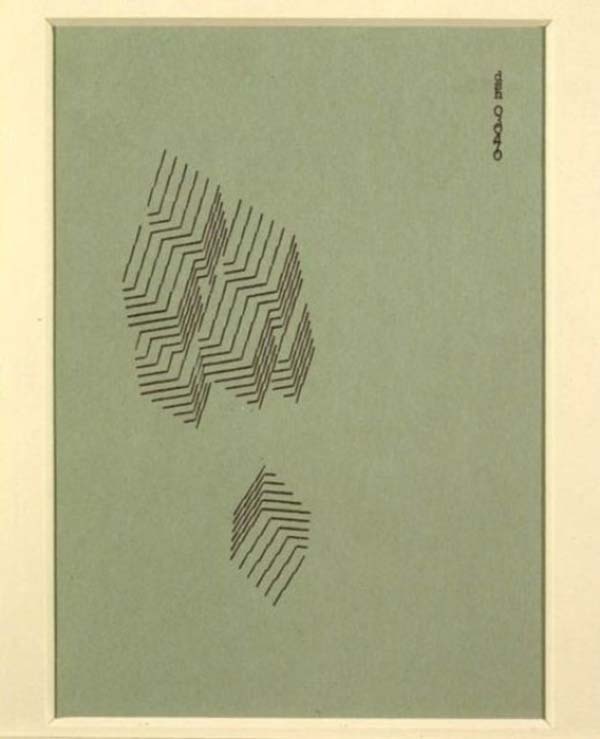
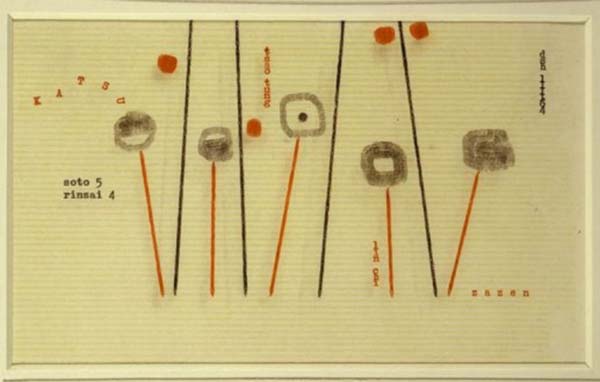
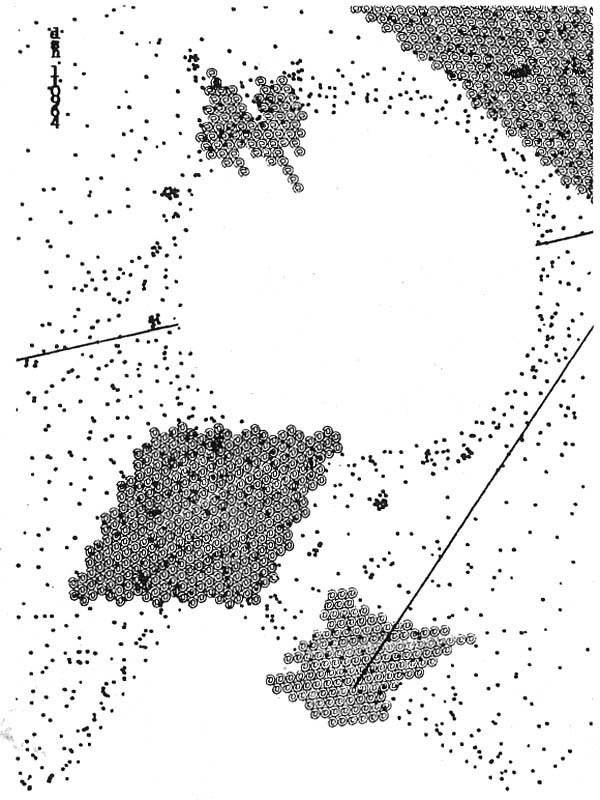
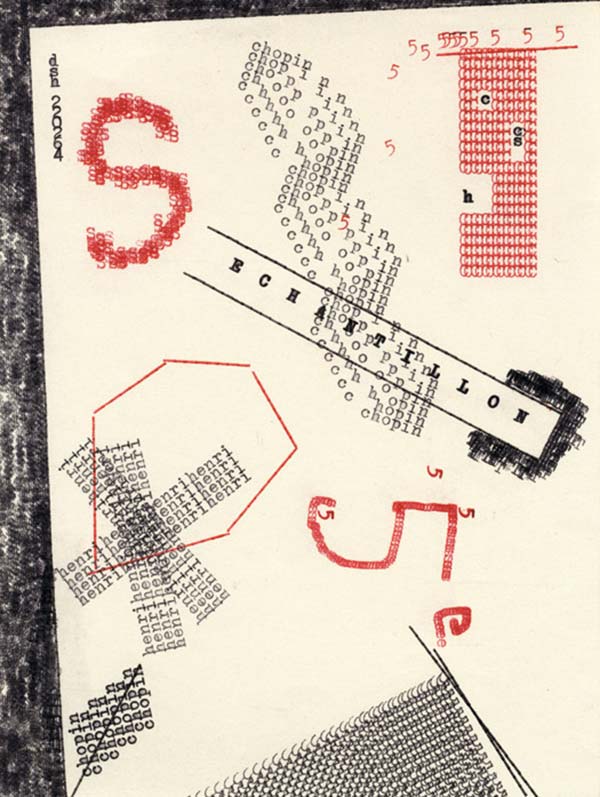
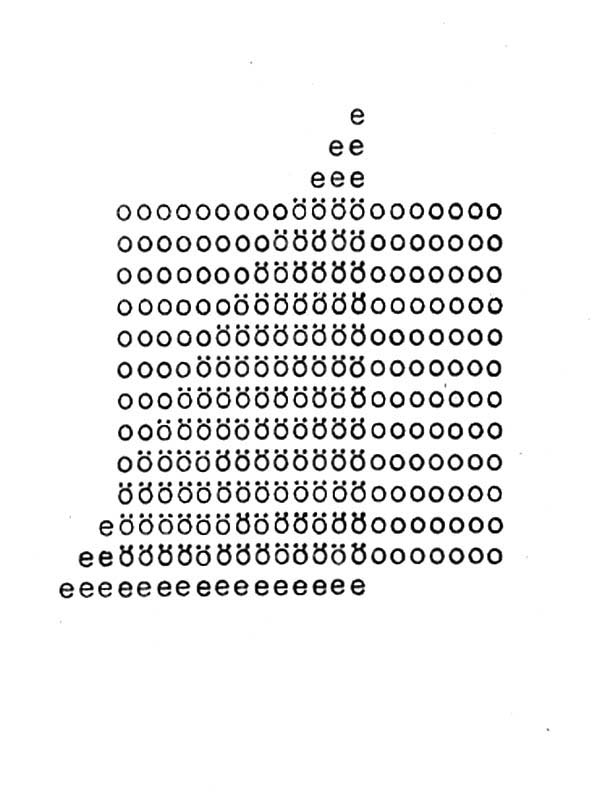
“Words: hard and lovely as diamonds demand to be seen, freed in space; words are wild, sentences tame them. Every word an abstract painting, read quickly in a phrase words get lost: in concrete, eye sees words as objects that release sound/thought echoes in a reader. Concrete poems just ARE: have no outside reference; they are objects like toys and tools, jewel–like concrete things-in-them-selves”.
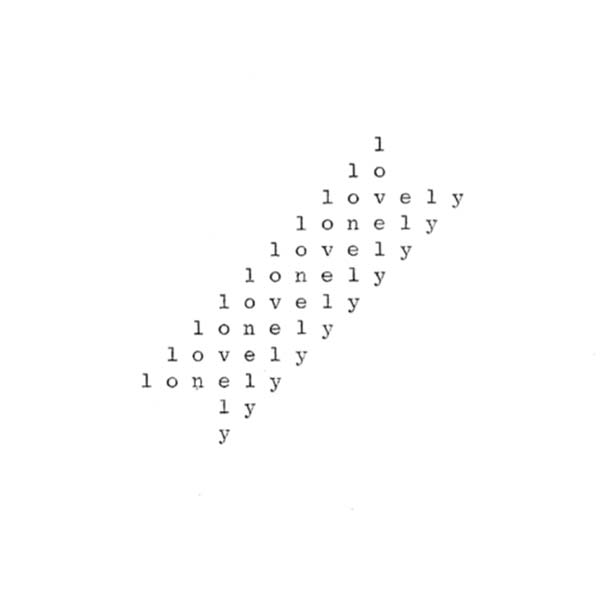
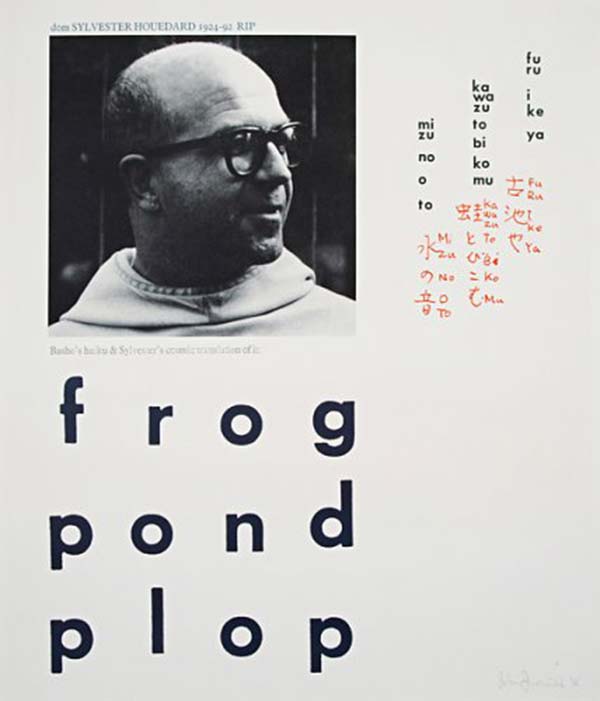
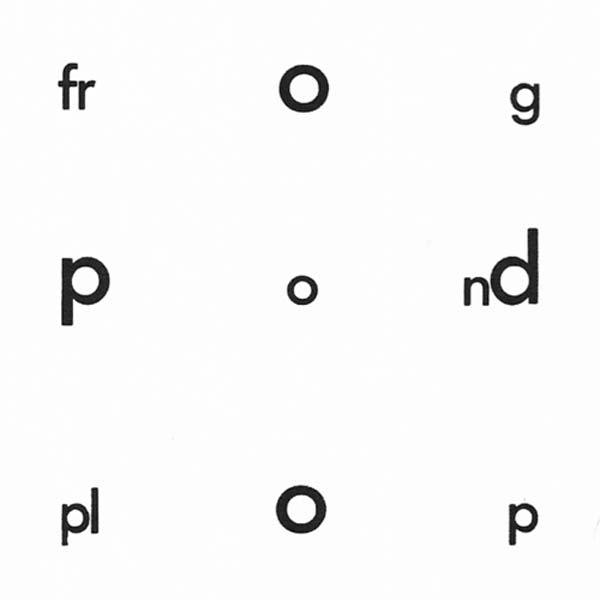
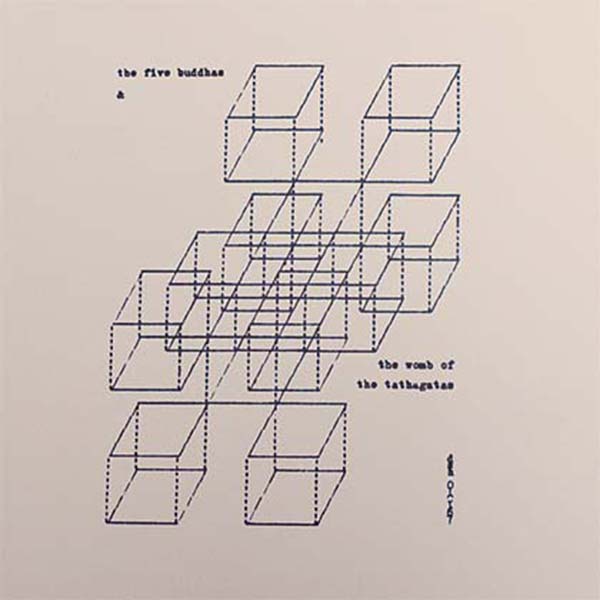
[Thanks to Luca Galofaro and Francesco Marullo for pointing DSH work out.]
Images mostly from:
Typewriter Art, Edited and with an introduction by Alan Riddel, London Magazine Ed. 1975
and: Institute of Generic Architecture
Further reading:
“A Beatnik from the Middle Ages” by Alastair Johnston
“On the (im)possibility of a pure praise poem” (also here)
“Dom Sylvester Houédard“, bySpencer Alley
Typestracts: concrete poetry by the Benedictine monk Dom Sylvester Houédard (on “It’s nice that”)
Frog-Pond-Plop: The Yoga of Concrete at Norwich University’s College of the Arts (on “Culture 24″)
dsh on Ubuweb
“Great Works: For the 5 Vowels (U) (1976) Dom Sylvester Houédard”, by Tom Lubbock (on “The Indipendent”)
“The Eccentric Monk and His Typewriter”, by Alice Rawsthorn (on “The New York Times”)



